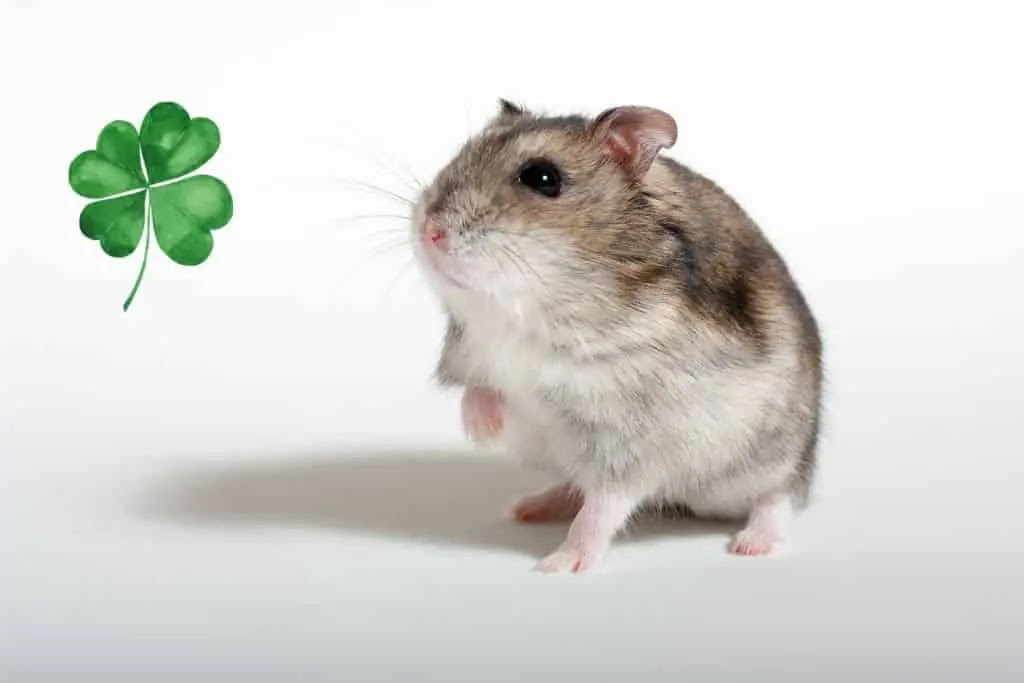Hibiscus Delight for Hamsters: A Comprehensive Guide
Ever wondered if your hamster can savor the vibrant blooms of hibiscus? Join us on a journey to unravel the mystery of hibiscus as a potential floral delicacy for your furry friend.
Introduction to Hibiscus
Hibiscus, with its lively trumpet-shaped flowers and lush green leaves, is more than just a garden adornment. Comprising various plant components like petals, leaves, and stems, hibiscus, when prepared right, transforms into a delectable and nutritious treat for hamsters.
Nutritional Goodness of Hibiscus
Beyond its visual appeal, hibiscus packs a nutritional punch. Here's a breakdown of the key nutritional elements found in hibiscus:
- Vitamin C: An antioxidant powerhouse supporting your hamster's immune system.
- Vitamin A: Fosters good eyesight and overall health in hamsters.
- Fiber: Aids digestion and maintains your hamster's gut health.
- Antioxidants: Safeguards your hamster's cells from free radical damage.
- Minerals: Essential for bone health, including iron, calcium, and phosphorus.
Can Hamsters Have Hibiscus?
In a nutshell, yes! Hamsters can enjoy hibiscus petals, leaves, and the occasional stem in moderation. Why, you ask? Let's break it down:
- Nutritional Value: Hibiscus boasts vitamins, minerals, and antioxidants that enhance your hamster's health.
- Dietary Variety: Introducing hibiscus adds diversity in flavors and textures, preventing dietary monotony.
- Hydration Boost: Hibiscus petals, with their water content, contribute to hydration, especially in warmer weather.
- Dental Exercise: Nibbling on hibiscus aids in wearing down your hamster's teeth, promoting dental health.
Benefits of Feeding Hibiscus to Hamsters
Feeding your hamster hibiscus comes with perks:
- Digestive Health: Hibiscus fiber aids digestion and prevents constipation.
- Immune Support: Vitamin C and antioxidants fortify your hamster's immune system.
- Eye Health: Vitamin A maintains healthy eyesight.
- Hydration: The water content in hibiscus contributes to overall hydration.
Risks of Feeding Hibiscus to Hamsters
While the benefits are abundant, be aware of potential risks:
- Toxic Chemicals: Ensure the hibiscus is free from pesticides or herbicides.
- Moderation Matters: Overindulgence can lead to digestive upset or obesity due to sugar content.
- Allergies: Gradually introduce hibiscus to avoid potential allergic reactions.
Compositions in Hibiscus Potentially Unsuitable for Hamsters Include:
- Oxalates: Excessive amounts can contribute to kidney stones.
Signs of Overindulgence:
- Digestive Upset: Diarrhea or upset stomach.
- Weight Gain: Potential obesity concerns.
Symptoms of Hibiscus Poisoning in Hamsters:
- Diarrhea: Gastrointestinal upset.
- Lethargy: Reduced activity.
- Vomiting: Severe cases may lead to vomiting.
- Dehydration: Increased water intake and decreased urination.
Moderation is Key: How Much Hibiscus Can You Give?
Limit hibiscus to 1-2 small petals or a leaf per week. Observe your hamster's reaction and adjust accordingly.
A Well-Rounded Diet with Hibiscus:
- Balanced Diet: Hibiscus complements high-quality hamster pellets.
- Variety: Include a rotation of safe fruits, veggies, and treats for a balanced menu.
- Consult a Vet: Seek advice from a small-animal veterinarian for specific dietary concerns.
Exploring Alternatives:
Keep the diet exciting with safe options:
- Safe Leaves: Spinach, kale, and dandelion greens offer vitamins and minerals.
- Fruits: Apples, pears, and strawberries in small portions add flavor.
- Herbs: Parsley and cilantro contribute taste and nutrition.
- Commercial Hamster Food: High-quality pellets meet nutritional needs.
- Chew Toys: Wooden toys aid dental health.
In Conclusion, hibiscus can be a delightful and nutritious addition to your hamster's diet. Watch their reaction and consult a vet for a balanced and healthy hamster.



Nhận xét
Đăng nhận xét